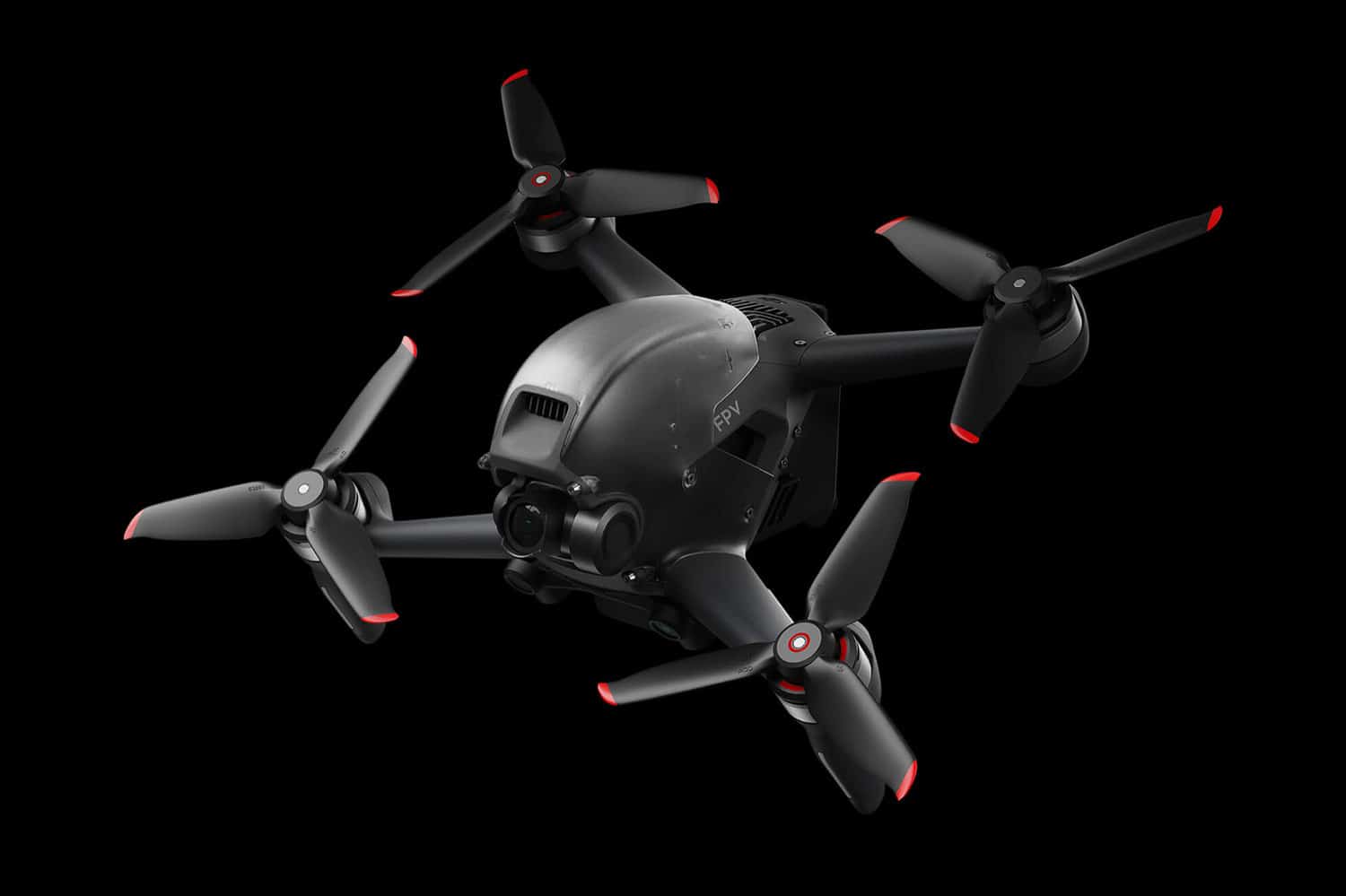
Its technology in this field is second to none which is why we’d generally recommend a DJI product over any other brand. The Chinese company currently occupies 70% of both the consumer and commercial drone markets. DJI leads the way in this respect with a roster of extremely reliable, easy-to-use camera drones that won’t completely break the bank. These days, however, the vast majority of aerial video fans opt for models with built-in 4K cameras that seamlessly stream all flight parameters and stable visual feeds to a humble tablet or smartphone. However, these types of drones are now few and far between. If you already own one of the ubiquitous action cams, buying a compatible flyer could be one way of keeping your costs down. Some consumer platforms still use a GoPro camera mounted to a three-axis stabilising gimbal. The GoPro’s size, light weight and ability to shoot high stills as well as HD and 4K video makes it ideal for consumer-level videography and stills photography. When, in July 2014, DJI released the GPS-equipped Phantom 2 Vision+ with built in HD camera and three-way gimbal (the clever bit that keeps the camera rock steady no matter what the drone is doing), the world rushed at the opportunity to shoot the sort of aerial video previously only accessible to those sitting in a helicopter seat. Photography and video are the two main reasons why drones have, pardon the pun, soared to such stratospheric popularity. These are cheap enough not to cause too much of a fuss if crashed but their onboard cameras – if they have one – are woefully low on the resolution front making them near useless for cinematography purposes. If you just want to whizz about the local park or heathland, try something cheapish like the huge number of budget-priced Chinese GPS-equipped copters currently flooding the market. Parrot leads the way in this respect with one or two indoor drones that are both easy to fly and excellent to learn on. At this price level you can expect a drone equipped with ultrasound sensors that keep the craft in a (more or less) rock steady hover with no input required from you. Things improve immeasurably once you reach the £100 mark.


The smallest thumb-sized toy drones may look very appealing but don’t expect them to hover in one spot with your fingers off the sticks these things require constant adjustment of the sticks and plenty of patience to keep them airborne.

Many first-time buyers opt for a toy UAV so they can get a handle on the control system in readiness for one of the bigger boys. Bear in mind that most sub-£75 craft do not come with onboard altitude stability sensors, let alone GPS positioning. It's here to walk through the different types of drone You should also consult our UK drone regulations and US drone rules guides so you're clear on what you need to do, from a legal standpoint, before kicking off your new hobby. If you're brand new to the world of drones, however, you might want a bit more info before you start shopping. Finally, if you're looking for something cheap and accessible for children to get started with, you want our best kids drone guide (topped by the Potensic A20W Mini Drone). Our best beginner drone guide contains easy-to-use drones for new fliers (topped by the DJI Mini 2, although the Autel Evo Nano is better if you can afford it) while our best cheap drone guide is for those who are on a tighter budget (winner: the Ryze Tello). Our general best camera drone guide covers everything, and is currently topped by the incredible DJI Air 2S. We have several guides designed to help you out. Choosing the right drone for your needs can be confusing.


 0 kommentar(er)
0 kommentar(er)
